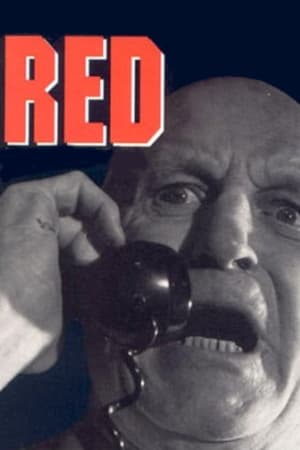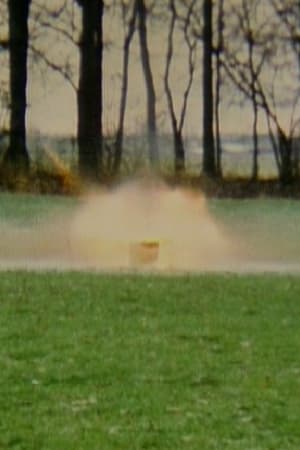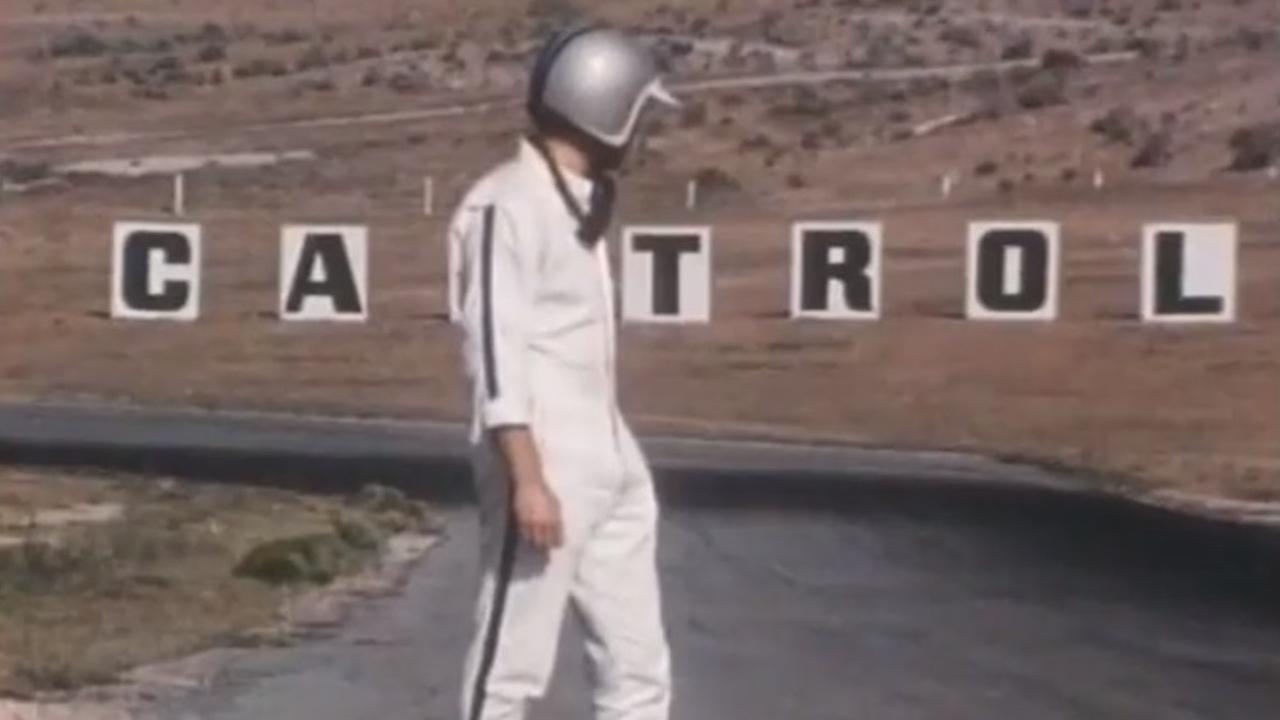
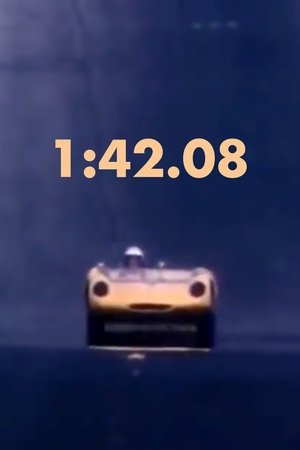
1:42.08(1966)
George Lucas's senior project at the University of Southern California in 1966. It was named for the lap time of the Lotus 23 race car that was the subject of the film. It is a nonstory visual tone poem depicting the imagery of a car going at full speed, and featuring the car's engine as the primary sound element. Shot on 16mm color film with a 14 man student crew, it was filmed at Willow Springs Raceway, north of Los Angeles, CA. The Lotus 23 was driven by Pete Brock.

Movie: 1:42.08
Top 1 Billed Cast
Himself

1:42.08
HomePage
Overview
George Lucas's senior project at the University of Southern California in 1966. It was named for the lap time of the Lotus 23 race car that was the subject of the film. It is a nonstory visual tone poem depicting the imagery of a car going at full speed, and featuring the car's engine as the primary sound element. Shot on 16mm color film with a 14 man student crew, it was filmed at Willow Springs Raceway, north of Los Angeles, CA. The Lotus 23 was driven by Pete Brock.
Release Date
1966-01-01
Average
5.595
Rating:
2.8 startsTagline
Genres
Languages:
Keywords
Recommendations Movies
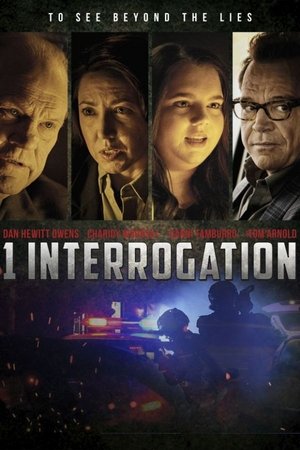 4.8
4.81 Interrogation(en)
Detective Bill Daniels has spent the last 40 years in the interrogation unit. Some are criminals, some are victims. Faced with the truth, some lie, some are defiant and some find redemption.
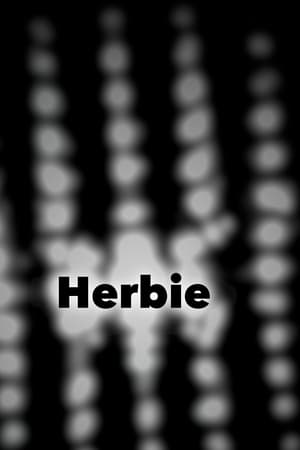 6.6
6.6Herbie(en)
Herbie is a short 16mm black and white film by George Lucas and Paul Golding made in 1966 as part of their USC film school course. It is an abstract film with no story and no actors, that graphically depicts the reflections of moving light streaks and light flashes from traffic at night. It is set to a piece of jazz music by Herbie Hancock, whose first name was used for the title.
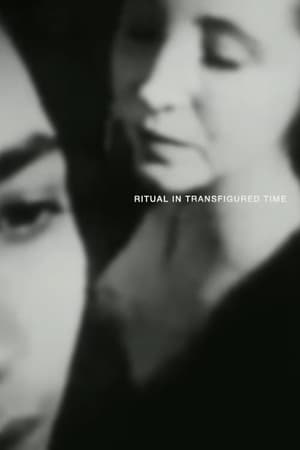 6.9
6.9Ritual in Transfigured Time(en)
A social event choreographed in the manner of a dance, illuminated by concepts drawn from Greek legend; one of filmmaker Maya Deren's most intriguing works.
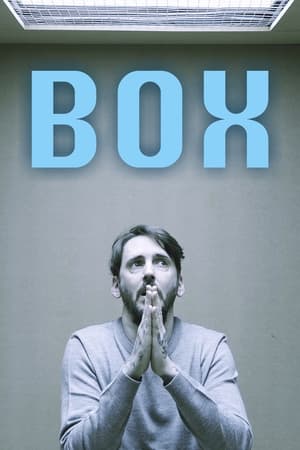 6.2
6.2Box(en)
The execution was scheduled and the last meal consumed. The coolness of the poisons entering the blood system slowed the heart rate and sent him on the way to Judgement. He had paid for his crime with years on Death Row waiting for this moment and now he would pay for them again as the judgment continued..
RED(as)
SUMMARY:- A girl wakes up early in the morning to witness an immense Pain in her groin area & discovers blood on the bedsheet which makes her very uncomfortable to face her father. The next series of events lead her to understand whether she can speak about it or not, moreover, an important incident is highlighted between the use of face mask and sanitary pads as both are used for protection purposes. In this, her father get involved consciously and maintains stability and at the same time respecting her daughter's emotion in order to make her understand about the scenario, makes it even more effective love & affection for the father-daughter duo in facing each other and also towards the society.
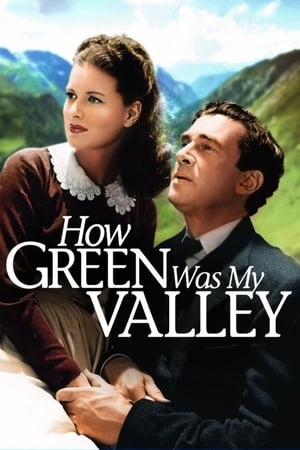 7.3
7.3How Green Was My Valley(en)
A man in his fifties reminisces about his childhood growing up in a Welsh mining village at the turn of the 20th century.
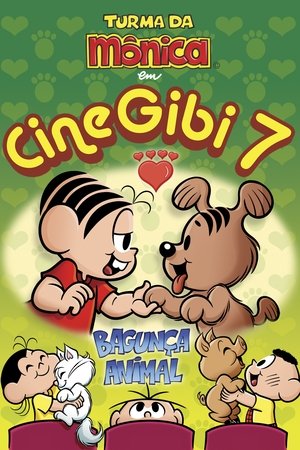 7.0
7.0Cine Gibi 7: Bagunça Animal(pt)
Trying to escape his bath, Monicão ends up hiding in the movie theater. Mônica can't find her pet in the dark, so she asks Franjinha to play some short films that might lure the dog out of hiding.
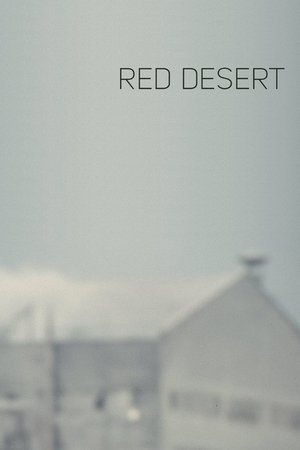 7.4
7.4Red Desert(it)
In an industrializing Italian town, a married woman, rendered mentally unstable after a traffic accident, drifts into an affair with a friend of her husband.
Ultimate Driving Craft 3 - Eyes on main beam(en)
Chris has vast experience in driver training both as an advanced driving instructor and driving examiner. This is the third in the Ultimate Driving Craft series of high quality advanced driving DVDs which have received international acclaim having sold to 39 countries. Filmed with two HD professional movie cameras and professionally edited by Green Gecko Television Ltd who have also added some excellent animation to support Chris's teaching of driving skills. In this DVD Chris highlights a problem that affects all drivers. It is called the natural focal point and not the best way to drive. He explains what it is, why it happens and what we, as drivers, can do about preventing it.
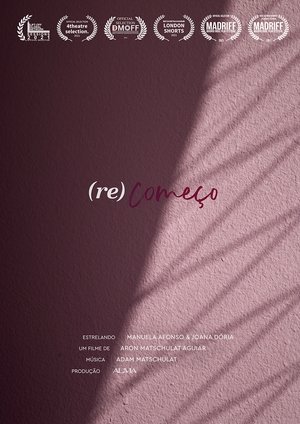 7.4
7.4(re)kindle(pt)
Ana and Helen, two divorced women, were close friends as teenagers. Today, amidst the corona virus pandemic and in quarantine, they get in touch after 20 years via internet. Through video conference calls, memories, sensations and emotions reflourishes.
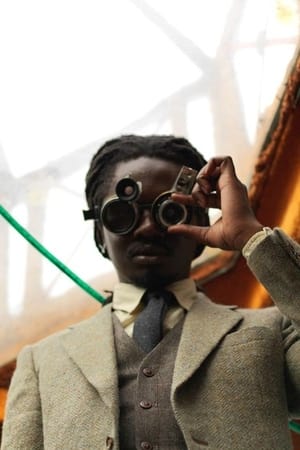 7.7
7.7Finding Fanon 1(fr)
‘Finding Fanon’ is the first part in a series of works by artists Larry Achiampong and David Blandy; inspired by the lost plays of Frantz Fanon, (1925-1961) a politically radical humanist whose practice dealt with the psychopathology of colonisation and the social and cultural consequences of decolonisation. In the film, the two artists negotiate Fanon’s ideas, examining the politics of race, racism and the post-colonial, and how these societal issues affect their relationship. Their conflict is played out through a script that melds found texts and personal testimony, transposing their drama to a junkyard houseboat at an unspecified time in the future. Navigating the past, present and future, Achiampong and Blandy question the promise of globalisation, recognising its impact on their own heritage.
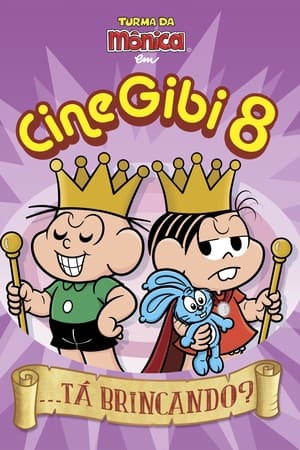 7.6
7.6Cine Gibi 8: ...Tá Brincando?(pt)
There are eight episodes in stories full of adventure and play in the neighborhood of Limoeiro, with a new car ride, lost treasure, art exhibition in the square, puppet theater, an unexpected escape from Cascão (again?), Characters Saltimbancos and a lot more.
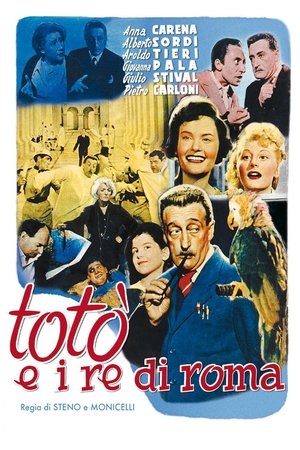 7.0
7.0Toto and the Kings of Rome(it)
An aging, down-and-out public employee must face the primary school examination.
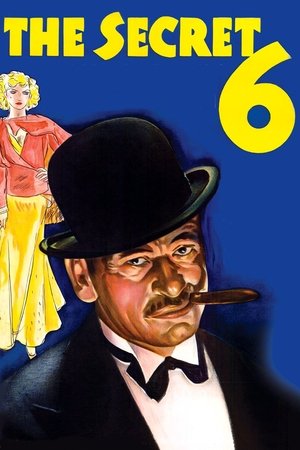 5.8
5.8The Secret Six(en)
Bootlegger/cafe owner, Johnny Franks recruits crude working man Scorpio to join his gang, masterminded by crooked criminal defense lawyer Newton. Scorpio eventually takes over Frank's operation, beats a rival gang, becomes wealthy, and dominates the city for several years until a secret group of six masked businessmen have him prosecuted and sent to the electric chair.
Similar Movies
 7.0
7.0Land Without Bread(es)
An exploration —manipulated and staged— of life in Las Hurdes, in the province of Cáceres, in Extremadura, Spain, as it was in 1932. Insalubrity, misery and lack of opportunities provoke the emigration of young people and the solitude of those who remain in the desolation of one of the poorest and least developed Spanish regions at that time.
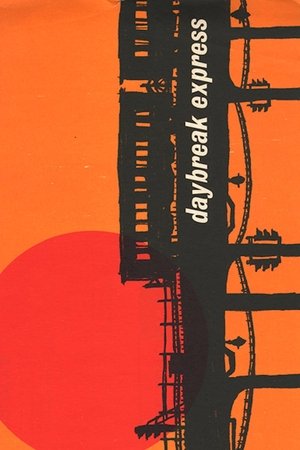 7.3
7.3Daybreak Express(en)
Set to a classic Duke Ellington recording "Daybreak Express", this is a five-minute short of the soon-to-be-demolished Third Avenue elevated subway station in New York City.
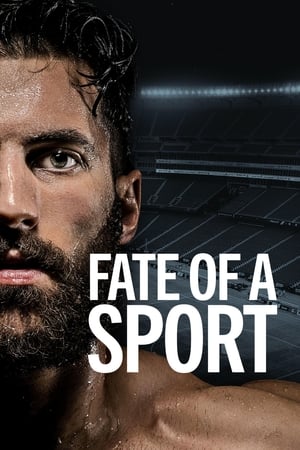 10.0
10.0Fate of a Sport(en)
After enduring eleven years as one of the most dominant and controversial players in a professional lacrosse league that was anything but professional, Paul Rabil decides to take the game into his own hands. Partnering with his brother Mike Rabil, the Rabil brothers attempt to raise the capital, poach the top players, fight off lawsuits, and persevere through a global pandemic to change the trajectory of professional sports by launching the Premier Lacrosse League. To complicate matters, Paul must navigate the politics of playing in the league that he also runs.
The Unfinished Journey(en)
A short about American life and history produced for the millennium New Year's Eve celebration.
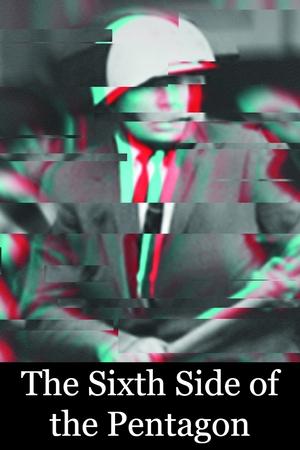 6.2
6.2The Sixth Side of the Pentagon(fr)
On October 21, 1967, over 100,000 protestors gathered in Washington, D.C., for the Mobilization to End the War in Vietnam. It was the largest protest gathering yet, and it brought together a wide cross-section of liberals, radicals, hippies, and Yippies. Che Guevara had been killed in Bolivia only two weeks previously, and, for many, it was the transition from simply marching against the war, to taking direct action to try to stop the 'American war machine.' Norman Mailer wrote about the events in Armies of the Night. French filmmaker Chris Marker, leading a team of filmmakers, was also there.
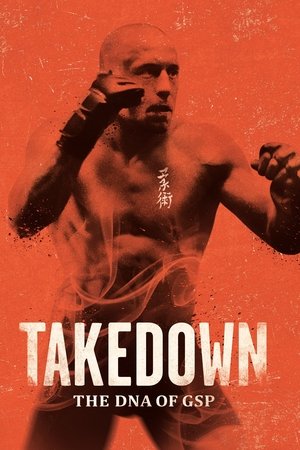 6.0
6.0Takedown: The DNA of GSP(en)
A look at the life and career of Ultimate Fighting Champion's welterweight world champ Georges St-Pierre, also known as "GSP".
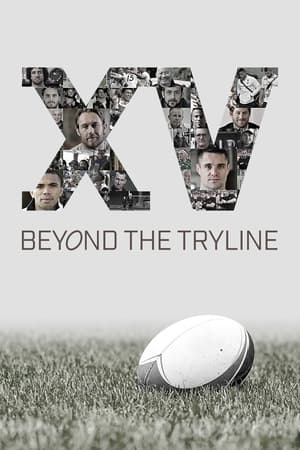 7.5
7.5XV Beyond the Tryline(en)
A behind the scenes look at the sport of rugby with the 2015 Rugby World Cup as a backdrop, featuring interviews from players, coaches, referees and fans.
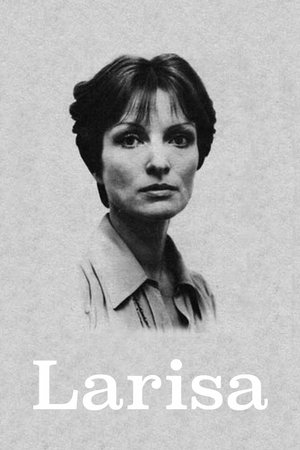 5.9
5.9Larisa(ru)
Elem Klimov's documentary ode to his wife, director Larisa Shepitko, who was killed in an auto wreck.
 6.0
6.0Inside Wrestling School(en)
A look at one of the most popular forms of entertainment in the United States, professional wrestling.
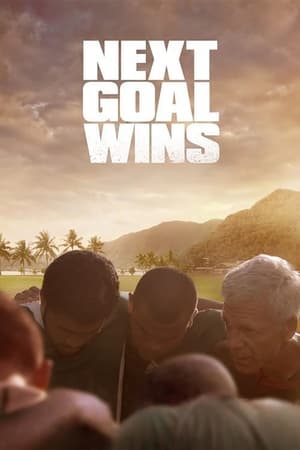 7.1
7.1Next Goal Wins(en)
An inspirational story about the power of hope in the face of seemingly insurmountable odds, and an object lesson in what it really means to be a winner in life.
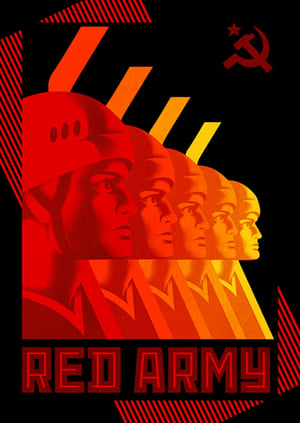 7.3
7.3Red Army(en)
A documentary highlighting the Soviet Union's legendary and enigmatic hockey training culture and world-dominating team through the eyes of the team's Captain Slava Fetisov, following his shift from hockey star and celebrated national hero to political enemy.
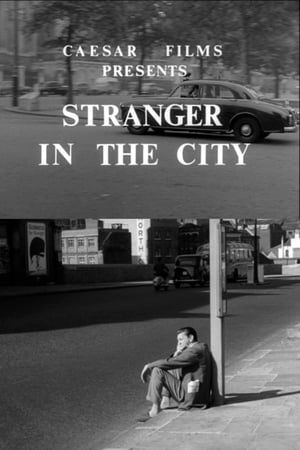 0.0
0.0Stranger in the City(en)
Aspects of a London day, including prostitutes on street corners, a striptease show and the 2i's Coffee Bar.
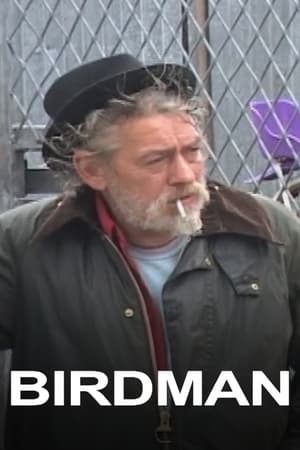 3.4
3.4Birdman(en)
A portrait of Robert, a troubled but poetic soul struggling with his purgatorial existence in a hackney scrapyard.
A Temple in Seattle(en)
University of Washington professor Noam Pianko and his students collaborated with Citizen Film, the Pacific Northwest Jewish Archive and Seattle’s Jewish Community Federation to unpack and digitize archival photos and documents, then turn them into shareable digital content.
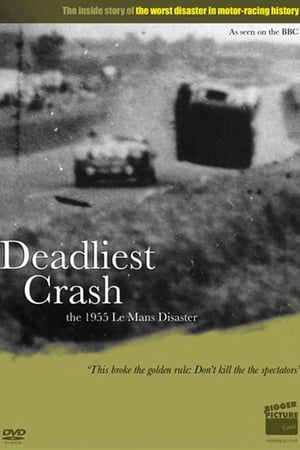 7.0
7.0Deadliest Crash: The Le Mans 1955 Disaster(en)
Three years in the making in conjunction with the BBC. Using never seen before home movies, photos and eye witness accounts - this is the inside story of the world's biggest motorsport disaster.
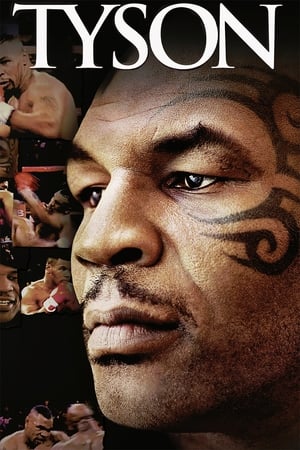 6.9
6.9Tyson(en)
Director James Toback takes an unflinching, uncompromising look at the life of Mike Tyson--almost solely from the perspective of the man himself. TYSON alternates between the controversial boxer addressing the camera and shots of the champion's fights to create an arresting picture of the man.
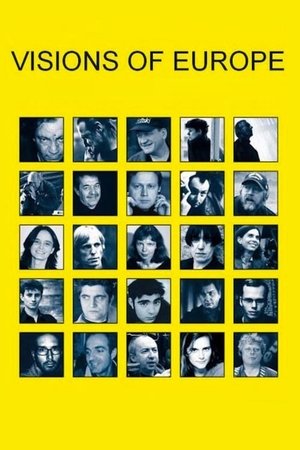 4.9
4.9Visions of Europe(en)
Twenty-five films from twenty-five European countries by twenty-five European directors.
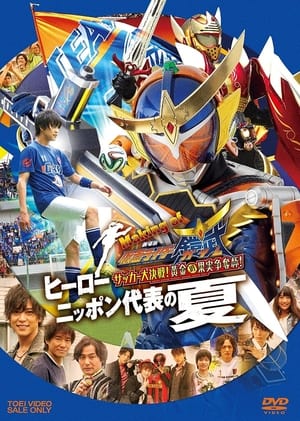 3.5
3.5Making of KAMEN RIDER GAIM : Soccer Grand Final! Golden Fruit Contest! Hero Japan's National Team Summer(ja)
Making-of DVD for a film of tokusatsu series "Kamen Rider Gaim" starting to be shown at theaters from July 2014. Includes a documentary of the shooting scenery and interviews with staff and cast. Was included as a Bonus disc with Blu-ray version of the film. Complete recording of the filming site of the movie that you can't miss!/Full recording of the filming site of "Theatrical version Kamen Rider Gaim Soccer Great Decisive Battle! Golden Fruit Scramble!" released in July 2014! and interviews with guest cast members such as Masafumi Nakayama and Ainosuke Kataoka!! / Release the making video that will definitely make the movie more interesting than anywhere else!
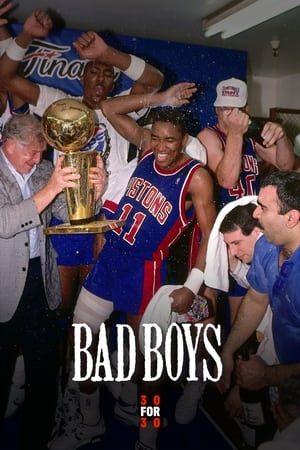 7.7
7.7Bad Boys(en)
The Detroit Pistons of the late 1980s and early '90s seemed willing to do anything to win. That characteristic made them loved — and hated. It earned them the title: Bad Boys.
 6.9
6.9Olympia: Part One – Festival of the Nations(de)
Commissioned to make a propaganda film about the 1936 Olympic Games in Germany, director Leni Riefenstahl created a celebration of the human form. This first half of her two-part film opens with a renowned introduction that compares modern Olympians to classical Greek heroes, then goes on to provide thrilling in-the-moment coverage of some of the games' most celebrated moments, including African-American athlete Jesse Owens winning a then-unprecedented four gold medals.
